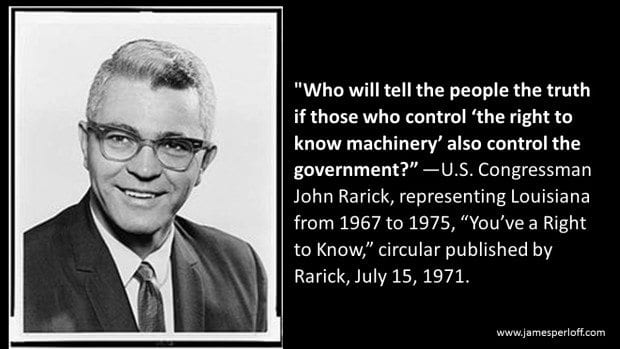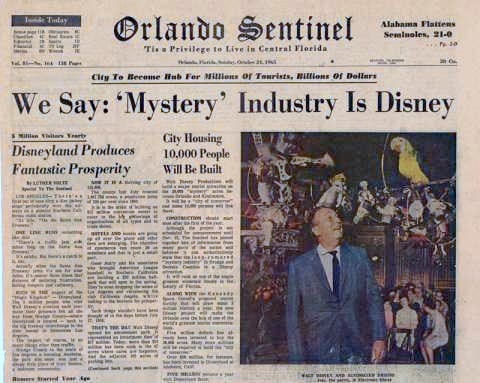France looked at the huge pile of paper notes sitting in their vaults, for which real French products like wine and cheese had been traded, and notified the United States government that they would exercise their option under Bretton Woods (agreement following WWII) to return the paper notes for gold at the $35 per ounce exchange rate. Of course, the United States had nowhere near the gold to redeem the paper notes, so on August 15th, 1971, Richard Nixon “temporarily” suspended the gold convertibility of the US Federal Reserve Notes. This caused the dollar to plunge by some 40 percent against major trading currencies like the Deutsche Mark and the Japanese Yen.
On August 15, 1971, President Nixon announced on TV 3 dramatic changes in economic policy. He imposed a wage-price freeze. He ended the Bretton Woods international monetary system. And he imposed a temporary surcharge (tariff) on all imports. The Bretton Woods system was created towards the end of World War II and involved fixed exchange rates with the U.S. dollar as the key currency – but also a role for gold linked to the dollar at $35/ounce. The system began to falter in the 1960s because of an excess of dollars flowing out of the U.S. which foreign central banks had to absorb. A run on gold in 1968 was stemmed by a patch on Bretton Woods known as the two-tier gold system. All of this was ended unilaterally by the Nixon decision. After a brief attempt to create a modified fixed exchange rate system, the world moved to flexible rates.



